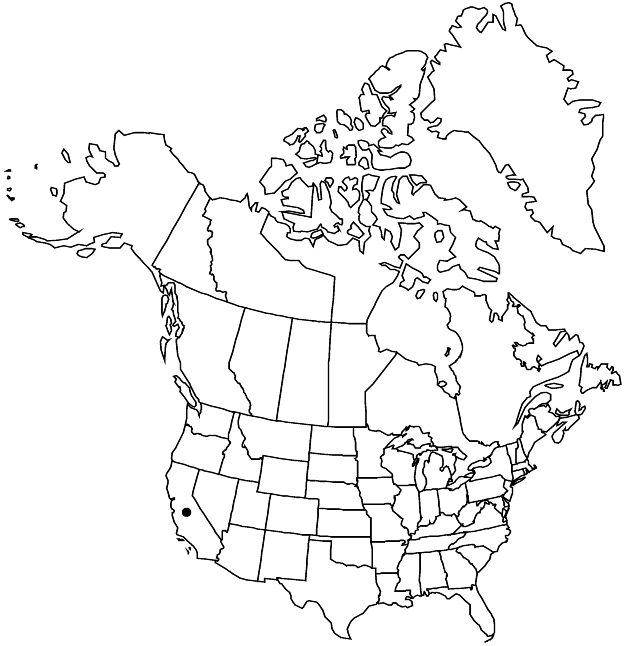Chorizanthe wheeleri
Proc. Amer. Acad. Arts 12: 272. 1877.
Plants erect to spreading, 0.5–2 (–2.5) × 1–2 dm, thinly pubescent. Leaves basal; petiole 0.5–3 cm; blade elliptic to oblong, 0.5–2 × 0.2–0.6 cm, thinly pubescent adaxially, tomentose abaxially. Inflorescences mostly flat-topped, openly branched, greenish to reddish; bracts persistent, 2, usually leaflike at proximal nodes and similar to leaf-blades, short-petiolate, oblong, 0.5–1.2 cm × 2–4 mm, sessile, reduced and scalelike at distal nodes, linear, acicular, often acerose, 0.1–0.5 cm × 0.5–1 mm, awns straight, 0.5–1 mm. Involucres in dense terminal clusters with 1 at node of dichotomies, reddish, cylindric, not ventricose, 2–2.5 mm, corrugate, without scarious or membranous margins, thinly pubescent with stoutish, recurved hairs; teeth spreading, unequal, 0.3–0.8 (–1) mm, with 3 longer ones more erect than 3 shorter and less-prominent ones; awns uncinate, 0.3–0.5 mm. Flowers exserted; perianth white or rose or red with white lobes, cylindric, 2.5–3 mm, glabrous except for few scattered hairs ca. midlength along midrib abaxially; tepals connate 1/2 their length, monomorphic to slightly dimorphic, oblong, rounded apically, those of outer whorl usually slightly broader and longer than those of inner whorl; stamens 6, included; filaments distinct, 1.5–2 mm, glabrous; anthers pink to red, oblong, 0.3–0.4 mm. Achenes brown, lenticular, 2.5–3 mm.
Phenology: Flowering Apr–Jun.
Habitat: Gravelly to rocky slopes, coastal scrub communities
Elevation: 0-400(-600) m
Discussion
Chorizanthe wheeleri is a rare insular endemic known only from Santa Cruz and Santa Rosa islands.
Selected References
None.
Lower Taxa
"/2" is not declared as a valid unit of measurement for this property."dm" is not declared as a valid unit of measurement for this property."/2" is not declared as a valid unit of measurement for this property.
